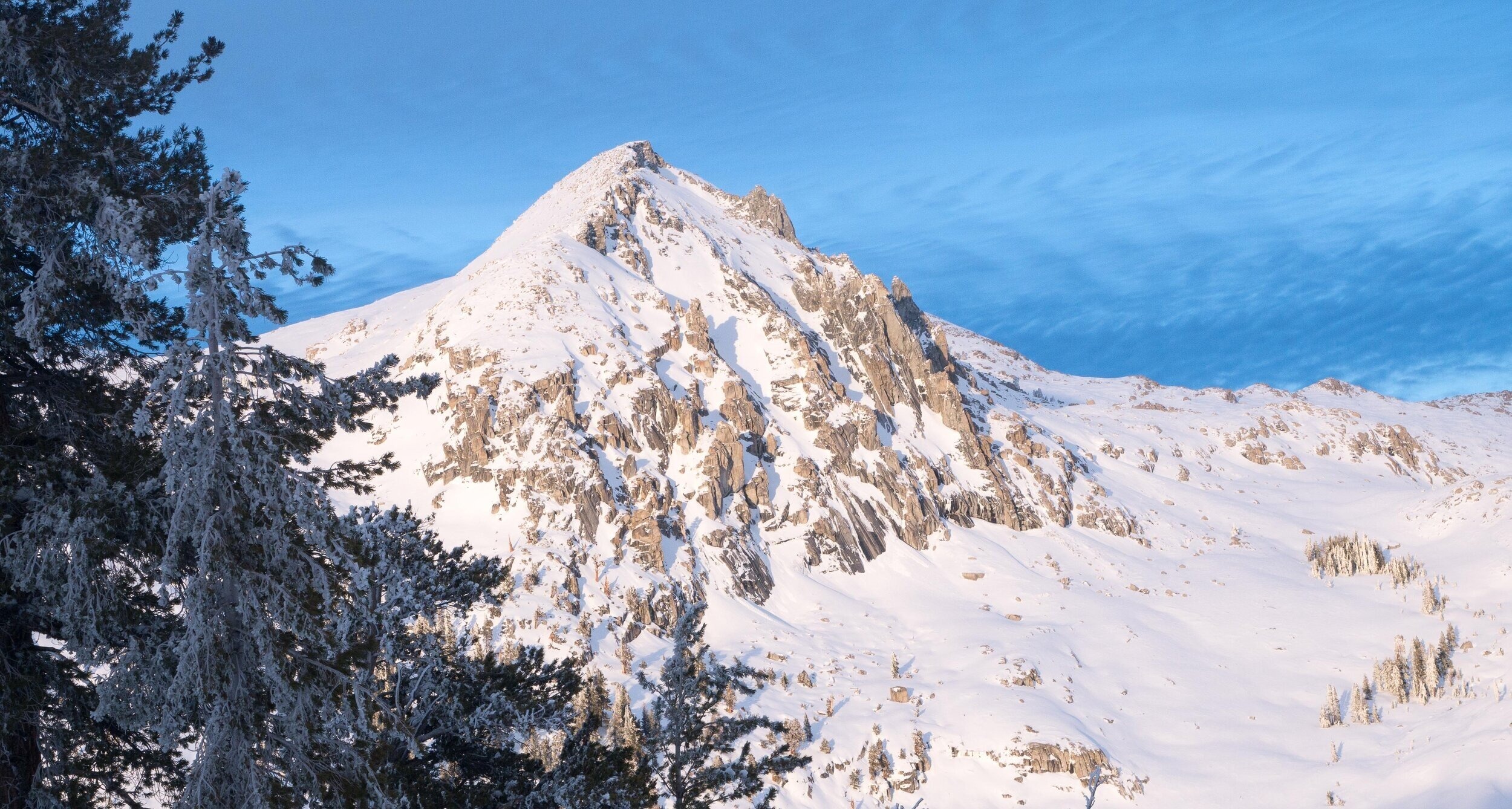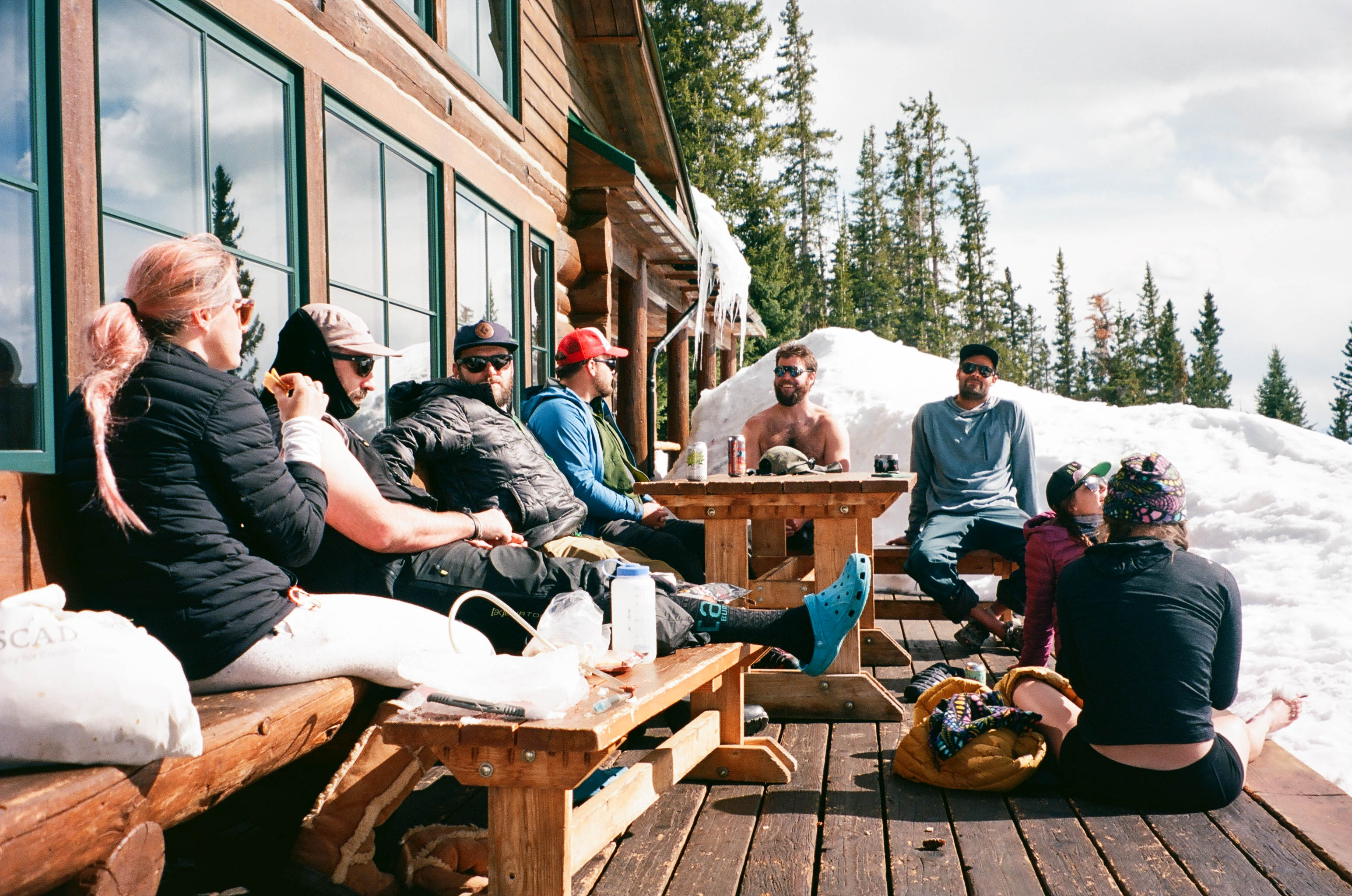

Hut Tripper aims to be the go-to hub for backcountry hut exploration, crowd-sourced beta, and trip planning resources geared toward winter backcountry travelers. We're backcountry enthusiasts, ourselves, combining our love for alpine skiing, the wilderness, and adventure.
We exist to empower new & existing backcountry travelers to explore the mountains in a responsible and informed way, consolidating winter backcountry accommodations as far east as the Rockies and detailing each with an ever-evolving list of hut details and beta.
